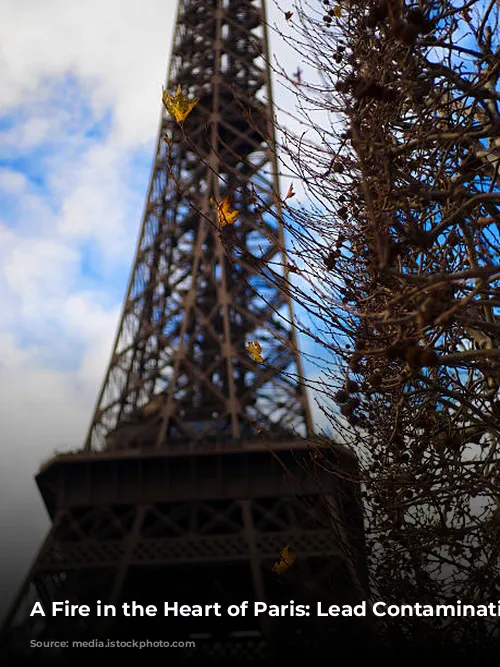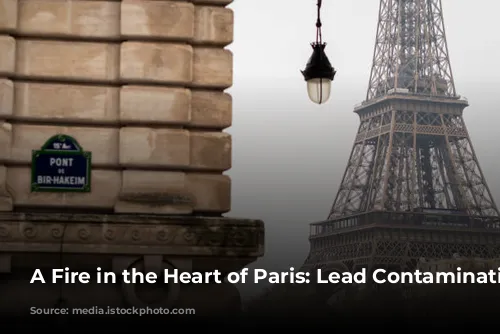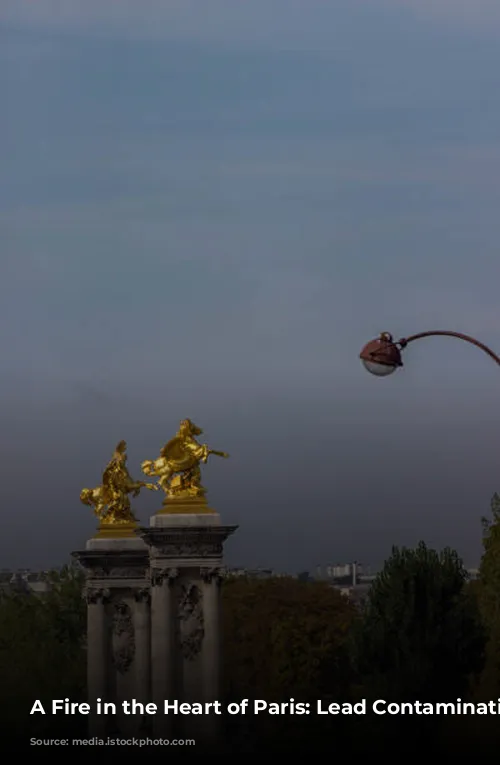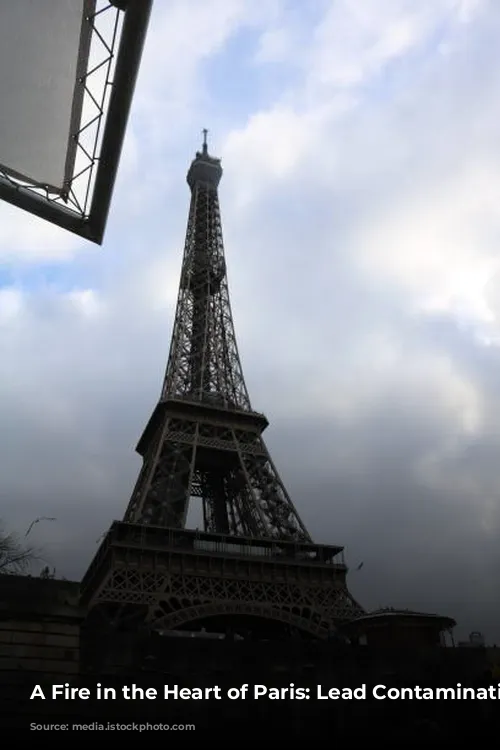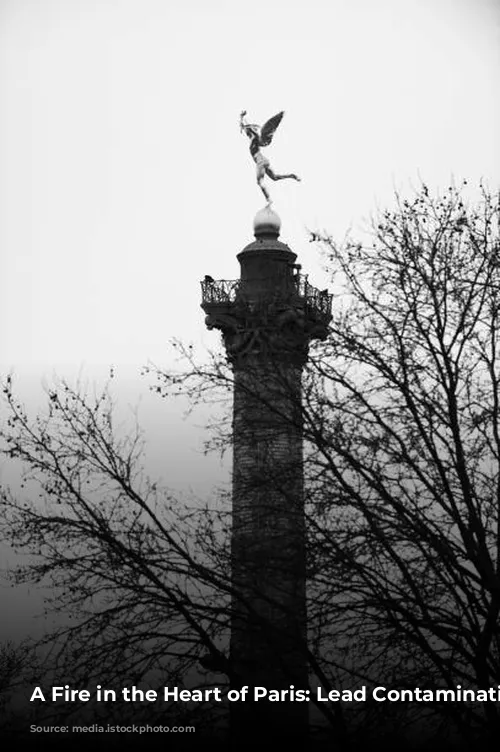Notre Dame Cathedral, a beloved Parisian landmark, has been the subject of intense scrutiny since a devastating fire ravaged its roof and spire in April. While the world watched in horror as the flames engulfed the 800-year-old masterpiece, a new concern has emerged: lead contamination.
The fire incinerated over 440 tons of lead from the cathedral’s roof and spire, raising fears about potential health risks, particularly for children. This issue has garnered significant attention, with the New York Times publishing an in-depth investigation into the lead contamination. The public spaces around Notre Dame and nearby schools have been closed for decontamination, prompting questions about the extent of the contamination and potential risks to residents and visitors.
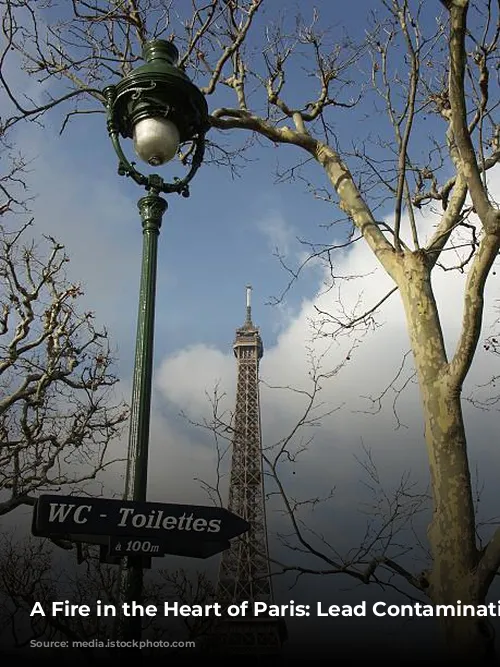
Lead Contamination: A Paris-Wide Problem
The lead contamination issue is not isolated to Notre Dame. A recent revelation in the French press uncovered another significant source of lead: Gare d’Austerlitz train station. This historic station has been undergoing extensive restoration works, including the removal of lead and asbestos from its structural supports. However, recent inspections revealed “extremely alarming” levels of lead throughout the station’s public areas, which remained open during the renovations.
The lead contamination levels measured in the train station’s main waiting area are significantly higher than the regulatory threshold, prompting immediate action from French authorities. Work at the station has been halted, and the contractor responsible for the contamination is under investigation.

Staying Safe in the City of Lights
The recent lead contamination discoveries have raised concerns about the safety of Paris, especially for children. While experts emphasize that lead exposure doesn’t automatically lead to contamination, they recommend taking precautions. Here are some simple steps to minimize potential risks:
- Wash your hands frequently: This is especially important after visiting areas around Notre Dame or Gare d’Austerlitz.
- Keep your shoes clean: Avoid bringing contaminants into your home by removing your shoes upon entering.
- Thorough cleaning: Regular cleaning with a wet mop and a vacuum with a HEPA filter can help reduce lead buildup in homes.
These precautionary measures are not only important for those visiting Notre Dame and Gare d’Austerlitz but also for anyone living in Paris. The city’s history and architecture often involve lead-based materials, and it’s prudent to be mindful of potential contamination.
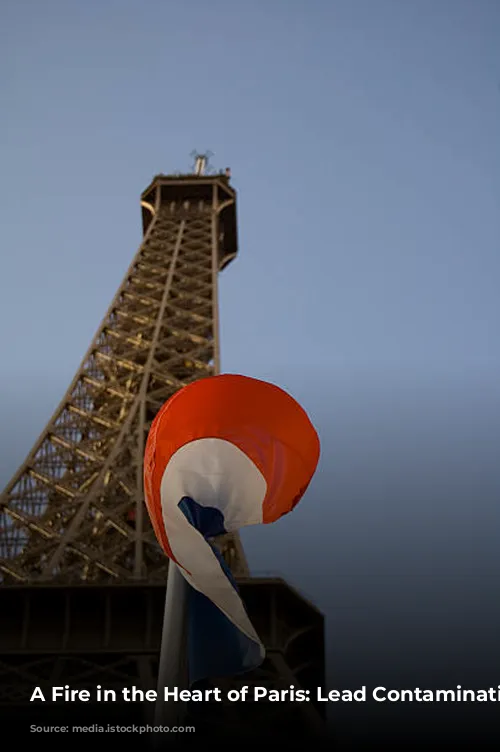
Visiting Paris: A Balanced Perspective
Despite the lead contamination concerns, Paris remains a captivating and vibrant city. While visitors should take necessary precautions, it’s important to remember that lead exposure doesn’t automatically result in health problems. Enjoy your trip to Paris, but stay informed about the latest updates and recommendations from local authorities. Remember to support the businesses and individuals affected by the events at Notre Dame, who continue to navigate the challenges presented by the fire and the lead contamination.
Ultimately, a responsible approach to exploring Paris involves staying aware of potential risks while appreciating the city’s beauty and cultural richness.



